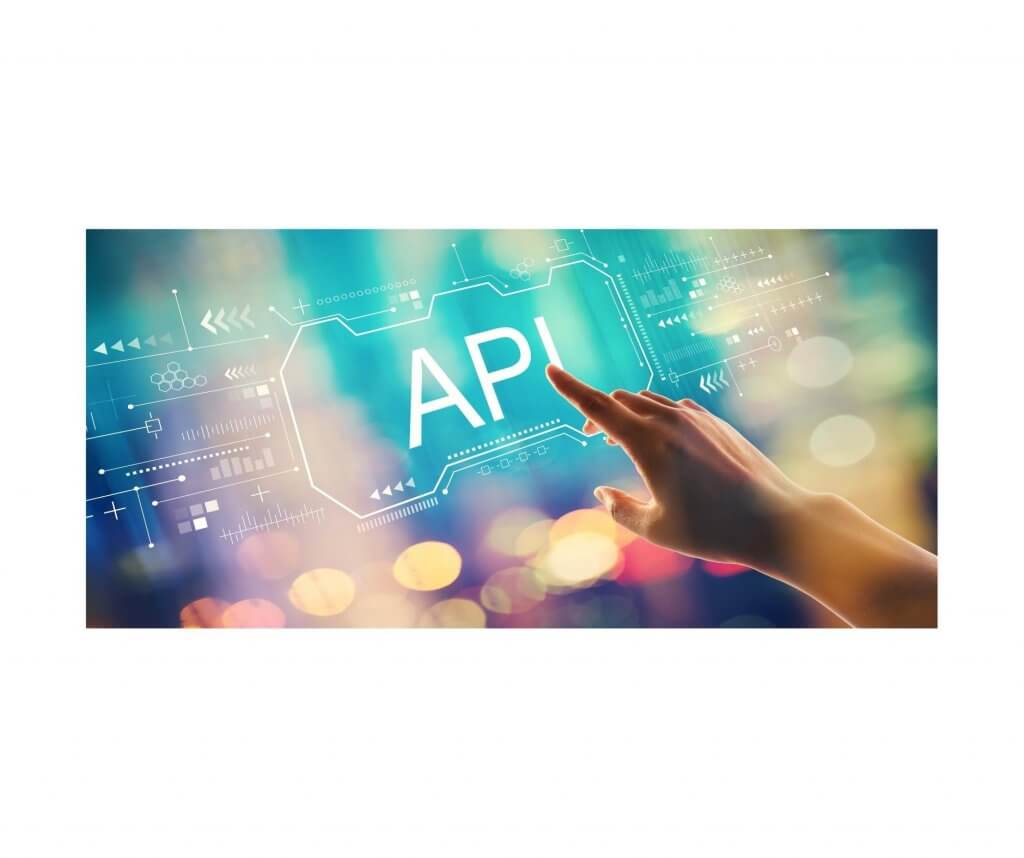
It’s out with the old Amazon API, and in with the new. As an Amazon Selling Partner (Amazon Seller or Software Developer), you may have already heard about the staggered transition to Amazon SP-API, which is scheduled for July 31 and Sep 30.
Is your Amazon software tool compliant with the new SP-API? Curious to see how this might affect pricing events, real-time repricing, and Amazon repricing strategies? Today’s analysis is the fastest way to satisfy that curiosity.
Table of Contents
What Is an Amazon API?
Amazon Selling Partners (vendors, sellers, SPN service providers, Amazon Explore guides, etc.) rely on a variety of software tools to manage their businesses on Amazon. These tools work with an Amazon API to communicate and share data with Amazon.
What is an API? It’s an application programming interface that links two computers, servers, or applications together. It makes data transfers between them possible through established protocols. It also interprets the data so that users on both sides understand it.
Without an Amazon API, merchants would be out of sync with Amazon. They wouldn’t know about new pricing events as quickly, which would thwart their real-time repricing efforts. Also, their software wouldn’t flag up fee changes instantly, generate accurate sales reports, or access Amazon’s FBA shipping and inventory eligibility data.
The History of Amazon API
We can’t remember a time without Amazon APIs. But looking back at the last decade, there were quite a few API changes. For instance, up until Aug. 31, 2012, seller software developers worked with the Products AdvertisingAdvertising is a means of communication … More API (PA-API).
Then, with the retirement of PA-API came the Amazon MWS Subscriptions API. This meant software tools no longer had access to seller identities, competitors’ stock levels, or feedbackA performance rating on a scale of 1 to … More scores. But they were able to subscribe to event notifications from Amazon, gaining access to other real-time data without needing to ‘poll’ the MWS server to harvest it.
As we reported at the time in our “React Faster […]” post, there were some benefits to the new Amazon API. For one thing, sellers would receive their price event alerts faster and more accurately. Also, Sellery users could see Buy BoxThis refers to the situation where a sel… More information in real time. They could also compete with the lowest FBA offer.
But that was then, and this is now. Today, developers of Amazon Software Tools must brace for a transition to the Selling Partner API, also known as the Amazon SP-API. They must migrate some sections of their API by July 31 and Sep 30, respectively.
Otherwise, the software they develop risks losing access to important data. This includes data on orders, inventory, fees, shipping, tokens, catalog content, pricing events, listings, and catalog items.
What Is SP-API?
Amazon SP-API has been available on all marketplaces to all registered developers across the world since Oct. 2020, as seen here. It enabled developers to build their applications in Seller CentralAmazon Seller Central is a portal or a h… More, using the Developer Central section under Apps & Services > Develop Apps.
What’s different about Amazon SP-API? For one thing, it supports APIs for vendors. So, for the first time, developers can now build software tools specifically for 1P merchants. It also offers better consistency, convenience, and vendor support, and facilitates messaging and notifications for changes to brand listings, B2B offers, and MFN order status. And, as Amazon claims it has better data protection and security capabilities built in.
It provides support for Services merchants. It comes with A+ content, pricing, fees, and Amazon shipping service automations. FBA sellers benefit from inventory and inbound eligibility checks, as well as Small and Light support. And sales data is supposed to be more accurate.
There’s also a change in terms of buyer data security. A new tokens API will protect personally identifiable information (PII). Developers also stand to gain from a new authorizations API, which replaces their MWS tokens with safer SP-API tokens, according to the migration guide.
How Is SP-API Relevant for Amazon Sellers?
On July 31, 2022, Amazon will be discontinuing and phasing out support for some APIs. This will affect all MWS and SP-API developers who list their applications on the Seller Central Partner Network (SCPN, fmly Marketplace Appstore) and use these 3 types of APIs:
- Orders
- Reports
- Merchant Fulfillment
Then, on Sep 30, 2022, there will be another change, as announced on the Seller Forums. Amazon will deprecate 2 more types of APIs in the Products section:
- Catalog Items
- Listings Items
The change doesn’t affect all developers and merchants. For instance, sellers who integrate with Amazon MWS directly, through applications developed in-house, aren’t affected. Neither are registered developers who create APIs for entirely different types of data than the 3 above.
What Sellers Should Know About This Major API Change
Amazon is trying to reassure sellers that the main reasons are enhanced data security and better privacy. Once this change goes into effect, Amazon will no longer require developers to provide client-side encryption, for instance.
Secondly, sellers should know that this is not optional. All software tools that rely on the APIs mentioned above (i.e., virtually all applications) must make this transition. To that end, Amazon is providing resources like a migration guide, a developer guide, and a tokens use case guide.
What Should Sellers Do About It?
Many of the seller tools on the market today rely on the 3 types of APIs concerned. Most of them will most likely migrate to the new service. But as legacy MWS sections are phased out, those that don’t do so will lose access to Amazon order and fulfillment information.
Where possible, sellers should make sure that their tools integrate with Amazon SP-API, so that they don’t need to find new ones in July. If their developers don’t provide an update in due course, they should contact them for confirmation that they’re migrating to Amazon SP-API.
At SellerEngine, we’ve taken all the steps to ensure that Sellery, Profit Bandit, SellerEngine Plus, and BuyBoxBuddy will continue to run smoothly during this transition. We’re already working on it, so our clients will not be impacted, and there will be no service discontinuity.
Also, sellers should note that not all software tools are Amazon-approved. The easiest way to check if their current or future software provider is a registered developer is to look them up on the SCPN website.
That’s it for now on the topic of Amazon API changes, but we invite Amazon Selling Partners to join us next time on the topic of Amazon SP-API transitions. We’ll be looking at the technical aspects of switching to the new API, and what it means for software tools that use pricing events and other data to carry out Amazon repricing strategies.

Melanie takes an active interest in all things Amazon. She keeps an eye on the latest developments and keeps Amazon sellers up to speed.






